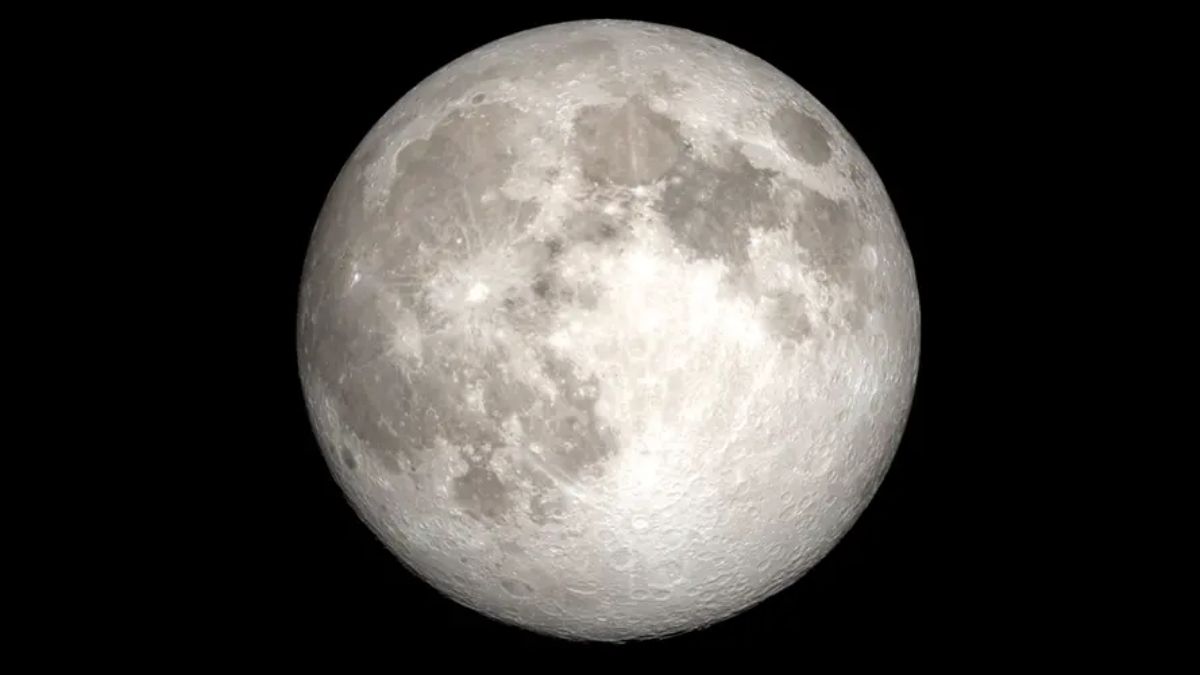A Blue Moon is commonly characterized as the third instance of a full moon occurring within a season encompassing four full moons. Nevertheless, the nomenclature occasionally extends to denote the occurrence of a second full moon within the confines of a singular calendar month.
It is worth noting that the term “blue moon” is not indicative of the moon’s chromatic attributes, but rather serves as an indicator of the second full moon arising in a given calendar month or the third full moon materializing within an astronomical season that accommodates four full lunar phases. This forthcoming lunar event shall witness the moon attaining perigee, denoting its closest proximity within its orbital trajectory into earth, at an approximate distance of 221,942 miles (357,181 km).
What Time Will the Super Blue Moon 2023 Be Visible?
On the evening of August 30th, at 9:35 p.m. Eastern Daylight Time, the celestial spectacle of the Blue Moon will manifest, as confirmed by the U.S. Naval Observatory. Notably, this lunar phenomenon embodies the dual distinction of being categorized as both a “Blue Moon” and a “supermoon.” This classification stems from its position as the second full moon to grace the sky within a solitary calendar month, while simultaneously achieving its closest proximity to Earth within its orbital trajectory. Consequently, its luminance and dimensions will be perceptibly amplified, casting a larger and more radiant presence than the conventional lunar display.
Also Read| Japan Moon Mission 2023: Launch Date, Time, Live Streaming, Budget and More
Concurrently, the aforementioned date will also witness the moon’s intimate encounter with the planet Saturn, as it forges a close approach to this distant celestial counterpart.
The occurrence of Blue Moons is a rarity, transpiring at intervals of approximately 2 to 3 years. The most recent occurrence of such an event transpired on August 22, 2021. The convergence of two complete supermoons within a solitary month was last observed in 2018 and is not anticipated to recur until the year 2037. This exceptional scarcity of events has bestowed upon the lexicon the well-known idiom “once in a blue moon,” encapsulating the notion of an infrequent and extraordinary happening.
Significance of Full Moon Across Cultures and Calendars
This astronomical occurrence carries significance within the context of diverse calendars. Within the Chinese calendar framework, it designates the midpoint of the seventh month. Conversely, within the Islamic calendar, it assumes the appellation of Safar. For observers following the Jewish tradition, this full moon materializes during Elul, a period of profound introspection leading up to the observances of Rosh Hashanah and Yom Kippur.

Also Read|
Categories: Trends
Source: vcmp.edu.vn
